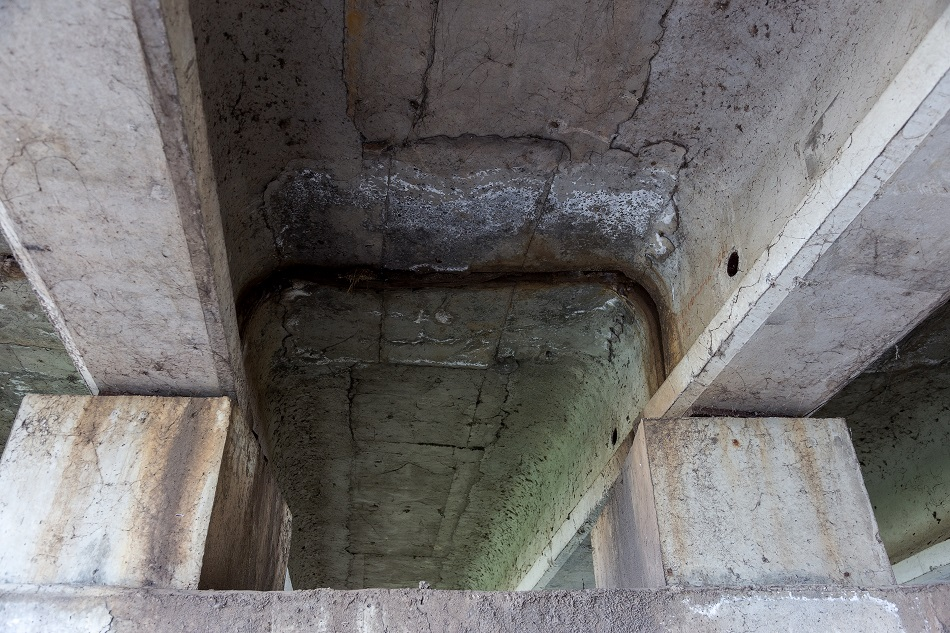
Image Credit: A_Lesik/Shutterstock.com
As humans have memories for things they have learned, of the significant moments, and even for simple things such as what our phone numbers are, inanimate objects also have a memory. The atoms that make them up have a memory of the form they hold, and they will hold this indefinitely until a force comes along and changes them. Usually, once changed from their initial form they are unable to revert to how they were before. However, with new shape-memory technology, objects can remember their original shape, and under heat, they revert to this form. In metal alloys, shape memory means that they can go back to their original form.
This innovation is significant because it has allowed for the development of materials that are considered to be indestructible. They have been used since the 1960s in many applications and sectors such as medical, robotics, aerospace, and automobile applications. Now, the construction industry has begun the widespread adoption of these materials, finding them to be invaluable in many uses.
Valuable Properties of Shape-Memory Alloys
There are two discernible features of shape-memory alloys. The first being that when heated, the alloys revert to their original shapes. The second being that the alloys are superelastic, meaning that they are resistant to large amounts of strain, and can recover from this. These properties are incredibly valuable to the construction industry. Also, different kinds of shape-memory alloys have slightly different ranges of transformation temperature, the temperature that activates their memory to revert them into their original state, which makes different alloys suitable for different construction applications.
Applications in Construction
1. Bridge Reinforcement
Shape-memory alloys were initially used to reinforce a concrete structure when it was added to a highway bridge in Michigan. The bridge had sizable cracks that had built up over time, compromising its structural integrity. To strengthen it, iron–manganese– silicon–chromium shape-memory alloy rods were added to the bridge’s girder. Since then, shape memory alloys have been added to other bridge structures to make them stronger and more resistant to damage due to their elasticity.
2. Repair of Heritage Structures
Numerous architectural heritage structures were required repair and reinforcement after years of wear and damage. The Istech project developed a metal alloy device specifically for this purpose. They developed pre-tensioned, nickel–titanium-shape-memory alloy wires with a device that ensured superelasticity under movement in both directions. These devices have been inserted into structures in different ways, depending on whether it was to prevent deformations or building collapses.
Since their development, these shape-memory alloy devices have been implemented in various important structures, such as the bell tower of San Giorgio church at Trignano in Italy, which had been damaged by an earthquake.
3. Improving the Seismic Performance of Buildings
Shape memory alloys have also been used to create devices similar to those described above to protect buildings from earthquakes. Currently, this kind of technology cannot be used to prevent the development of cracks occurring during an earthquake, however, they can prevent excessive deformation and collapse during the aftershocks.
Future Directions for Shape-Memory Alloys in Construction
There are several main areas in which shape-memory alloys are currently being used in the construction industry. They are incredibly useful, and an increasing number of projects are using this technology. As it develops further, we may see improved methods and devices emerge, and even new applications within the space.
Sources and Further Reading
Disclaimer: The views expressed here are those of the author expressed in their private capacity and do not necessarily represent the views of AZoM.com Limited T/A AZoNetwork the owner and operator of this website. This disclaimer forms part of the Terms and conditions of use of this website.